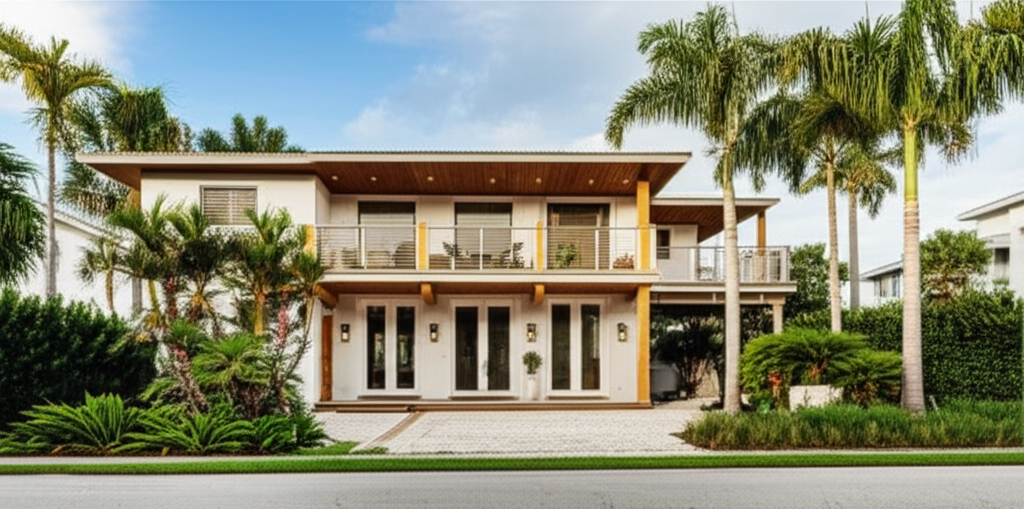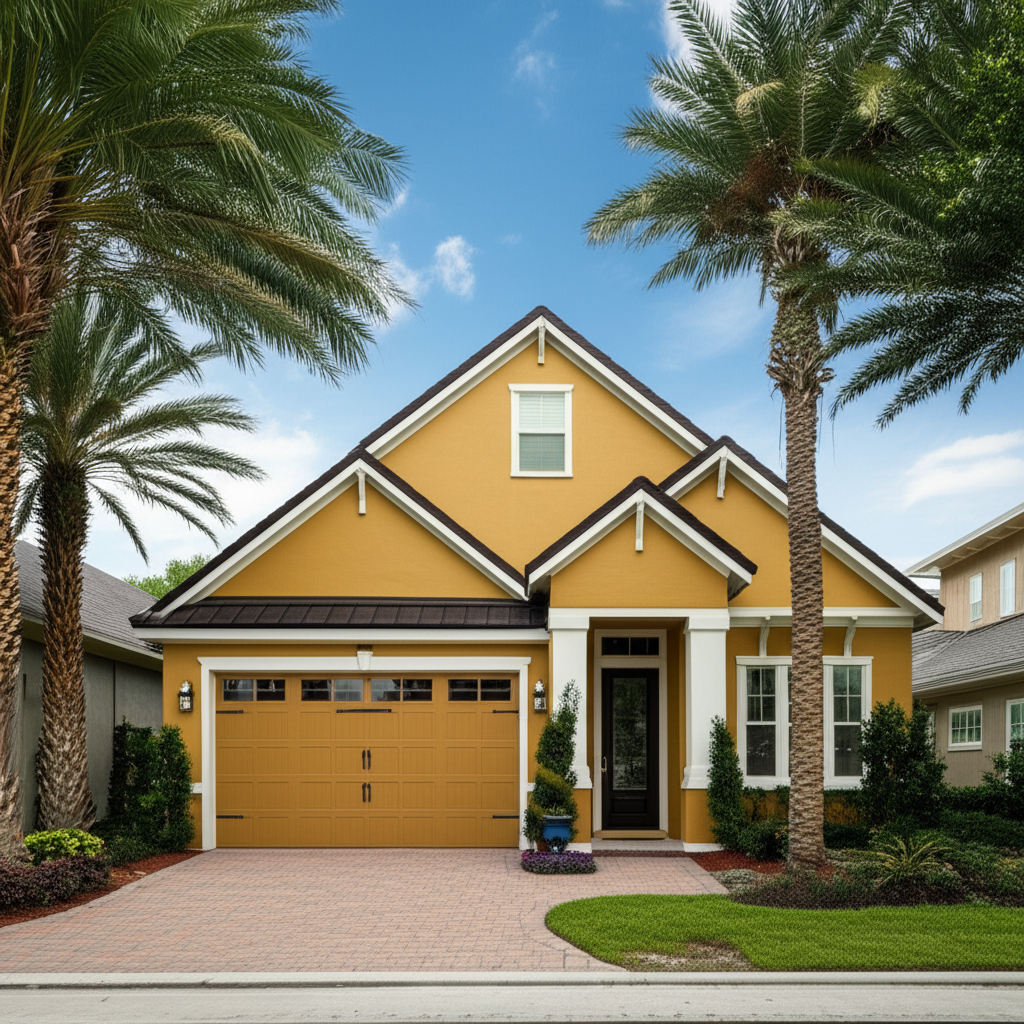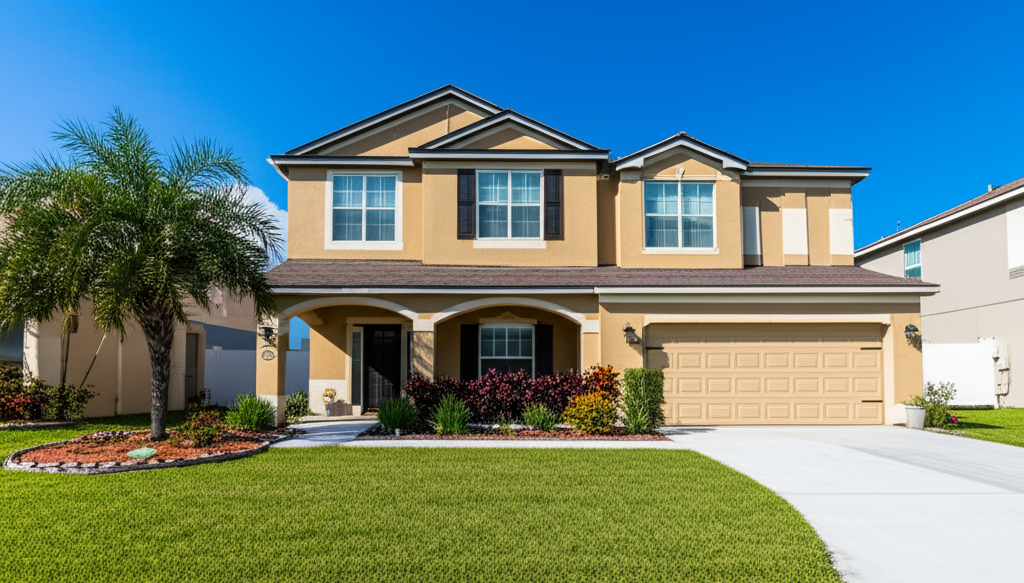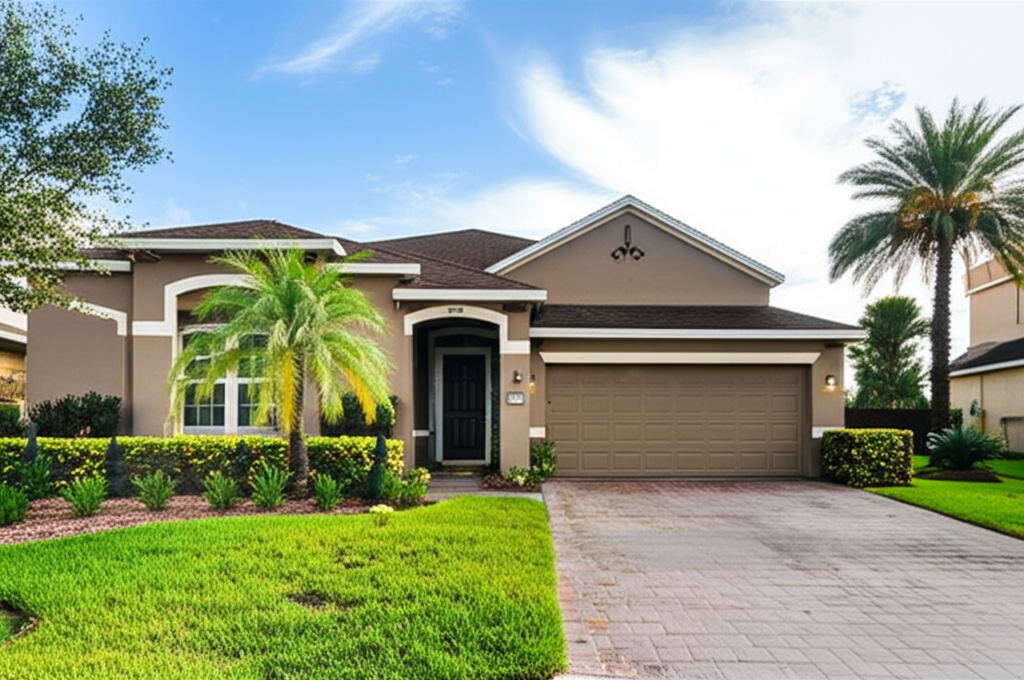Sanibel Island
A barrier-island city prized for seashell-strewn beaches, wildlife preserves, and a conservation-first way of life, Sanibel Island blends small-town calm with easy access to Fort Myers. It’s a draw for buyers seeking coastal living and travelers who prefer nature over neon.
Quick Snapshot
| Category | At-a-Glance |
|---|---|
| Region | Southwest Florida; just offshore from Fort Myers in Lee County |
| Vibe | Laid-back, conservation-minded, coastal small town with bike paths and low-rise skyline |
| Housing Mix | Primarily single-family stilt and ranch homes plus low-rise condos; many established neighborhoods with ongoing renovations and select new rebuilds |
| Commute | Via Sanibel Causeway to McGregor Blvd/Summerlin Rd; roughly 30–45 minutes to downtown Fort Myers, 45–60 minutes to RSW airport in typical traffic |
Why Move to Sanibel Island
- Quiet, nature-forward lifestyle with miles of beaches, island-wide bike paths, and strict development limits that keep the skyline and night skies low-key.
- Access to services and jobs in Fort Myers, Cape Coral, and Estero—healthcare hubs, higher education, and corporate offices—while living in a serene coastal setting.
- World-class birding, boating, and shelling, with large tracts of protected land and waters in and around the J.N. “Ding” Darling National Wildlife Refuge.
- Strong sense of community shaped by local arts, volunteerism, and year-round events; crime rates are generally low compared with larger metros.
Neighborhoods & Entertainment Districts
Sanibel is more village than city. Periwinkle Way is the island’s main corridor, lined with boutiques, cafes, and the Sanibel Community House. The rest of the island unfolds along East Gulf, Middle Gulf, and West Gulf Drive, with pockets of golf, canals, and quiet residential streets. Nightlife is understated; the energy centers on nature, arts, and dining.
- East End & Lighthouse Area — Close to the causeway and historic lighthouse with quick on/off-island access. Mix of cottages, canal homes (including Shell Harbor), and condos. Suits commuters and boaters who value convenience.
- Middle Island: Golf & Greens — Communities around The Dunes Golf & Tennis Club and Sanibel Island Golf Club (Beachview Estates) offer fairway views, ponds, and central access to shops along Periwinkle. Appeals to active residents who want club amenities without giving up beach time.
- West Gulf & Near Blind Pass — Low-key streets, nature preserves, and some of the island’s broadest beaches near Bowman’s Beach and Blind Pass. Neighborhoods like Gulf Pines, Sanibel Bayous, and Lake Murex feel particularly secluded. Great for buyers prioritizing privacy and sunsets.
Schools & Education
Sanibel Island is served by The School District of Lee County. The island’s own K–8 campus, The Sanibel School, is widely regarded for strong academics, environmental programs, and community involvement. High school students typically attend schools on the mainland, with magnet and specialty options available by application. Families also look to nearby private schools in Fort Myers. Higher education and professional training are within commuting distance at Florida Gulf Coast University (Estero) and Florida SouthWestern State College (Fort Myers).
| Level | Examples | Notes |
|---|---|---|
| Elementary | The Sanibel School (K–8) | Island-based; known for strong performance and environmental/STEM integration |
| Middle | The Sanibel School (K–8) | Project-based learning, arts, clubs, and athletics with a small-school feel |
| High | Fort Myers High School; Cypress Lake High School; Cape Coral High (select programs) | Options include IB (by application), AP coursework, Center for the Arts, and career/technical pathways; private choices include Bishop Verot and Canterbury in Fort Myers |
Note: School options and performance can vary by attendance zone; buyers should verify current zoning and ratings.
Cost of Living & Housing
Sanibel’s housing costs trend higher than most of Lee County, reflecting its island setting, limited inventory, and conservation-oriented zoning. Post-hurricane rebuilding and insurance dynamics still influence pricing and timelines. Condos and canal-front homes often command premiums, while inland and older cottages can offer relative value. Figures below are broad ranges; actual prices vary by location, view, elevation, and renovation level.
| Item | Typical Range | Context |
|---|---|---|
| Single-Family Home | $900,000 – $3,500,000+ | Inland resales at the lower end; renovated or Gulf-front/canal homes at the high end |
| Townhome/Condo | $500,000 – $1,800,000+ | Low-rise complexes; weekly-rental buildings and direct Gulf views trend higher; fees vary |
| Rent (2–3 BR) | $3,500 – $8,000+/mo | Limited long-term inventory; seasonal/short-term rates can be substantially higher |
| Overall Costs | Above nearby metros | Insurance, flood, and wind coverage add to monthly costs; tolls and condo/HOA assessments can be material |
Insurance & HOA note: In Florida, homeowners insurance and HOA/condo fees can materially affect monthly costs; obtain current quotes.
Outdoors, Activities & Lifestyle
Sanibel is synonymous with the outdoors. The island’s preservation ethic keeps the focus on beaches, birds, and backwaters rather than big-box entertainment. Expect dawn walks with wading birds, afternoon bike rides beneath sea grapes, and sunset shelling.
- J.N. “Ding” Darling National Wildlife Refuge — Wildlife drive, boardwalks, and mangrove kayaking with frequent sightings of roseate spoonbills, herons, and dolphins.
- Bowman’s Beach and Lighthouse Beach — Broad public beaches known for shelling, fishing, and family-friendly facilities; arrive early in high season for parking.
- Island-Wide Shared-Use Paths — Dozens of miles of bike paths connect shops, preserves, and beaches; rentals are widely available.
- Tarpon Bay & Back-Bay Paddling — Outfitters lead kayak and SUP tours through quiet mangrove tunnels and seagrass flats.
- The Dunes Golf & Tennis Club — A relaxed, island-style golf and racquet hub; social calendars vary by season.
- BIG ARTS & Sanibel Community House — Concerts, lectures, classes, and exhibits anchor the cultural calendar.
- Sanibel Island Farmers Market — Seasonal Sunday market (typically fall through spring) with produce, seafood, and artisan goods.
- Seasonal highlight — The Sanibel Shell Festival in late winter showcases intricate shell art and the island’s storied shelling culture; December’s luminary event along Periwinkle Way is a beloved tradition.
Getting Around & Commute
Two main roads—Periwinkle Way and Sanibel-Captiva Road—carry most island traffic at modest speeds. The Sanibel Causeway links to Summerlin Road and McGregor Boulevard for trips to Fort Myers, Cape Coral, and I-75. Expect heavier seasonal traffic from January to April and after beach days. Rideshare services operate, and biking is practical for many errands. Southwest Florida International Airport (RSW) is generally 45–60 minutes away, depending on causeway and mainland traffic. The causeway uses all-electronic tolling when entering the island.
Who It’s Ideal For
- Buyers seeking a quiet coastal lifestyle where nature takes center stage and development is deliberately restrained.
- Remote professionals and second-home owners who value tranquility yet want workable access to mainland airports, healthcare, and services.
- Retirees and snowbirds looking for low-rise condos or easy-care homes with beaches, boating, and bike paths at the doorstep.
Tips for Homebuyers
- Seasonality matters: Inventory often rises before and during winter visitor months; pre-approval and readiness to act help with well-located listings.
- Understand rental rules: Many residential zones require minimum stays; weekly rentals are limited to specific complexes and zones—confirm before you buy.
- Inspect for elevation and wind mitigation: Homes elevated above base flood elevation and with impact-rated openings or shutters may see insurance advantages.
- Review HOA/condo documents closely: Look for reserve studies, recent assessments, and post-storm repair status; fees vary widely by community and amenities.
- Know the permitting and environmental rules: Sanibel’s codes protect native vegetation, lighting near turtle beaches, and overall scale; renovations and rebuilds follow strict standards.
FAQ
Is Sanibel Island a good place to raise a family?
For families who value safety, small classes, and outdoor learning, Sanibel can be an excellent fit. The island’s K–8 school is well-regarded, and the bike-friendly layout keeps daily life relaxed. High schoolers commute to the mainland for broader program options. The trade-off is a quieter social scene and longer drives for certain activities and specialized services.
How does the cost of living compare to nearby areas?
Housing, insurance, and association fees are generally higher than in Fort Myers or Cape Coral and often on par with other sought-after coastal enclaves in Southwest Florida. Groceries, utilities, and dining are similar to the broader metro, though some goods can carry an “island convenience” premium. Buyers should budget for flood and wind coverage and the causeway toll when comparing monthly costs.
What’s the housing stock like?
Sanibel is largely built-out with low-rise condos and single-family homes on pilings or slabs. Many properties are established residences that have been updated over time; post-2022 rebuilding continues in pockets. New subdivisions are rare, but you will find tear-down/rebuild opportunities, canal homes with Gulf access, and a range of condos from garden-style to Gulf-front.
Bottom Line
Sanibel Island offers a rare mix: protected wildlands and miles of beaches within an hour of a major airport and mainland job centers. It’s for people who prefer sunrise birdwatching and sunset bike rides to late-night noise—and who are comfortable with the costs that come with island living. If you value conservation, community, and an unhurried coastal rhythm, Sanibel deserves a place at the top of your short list.




